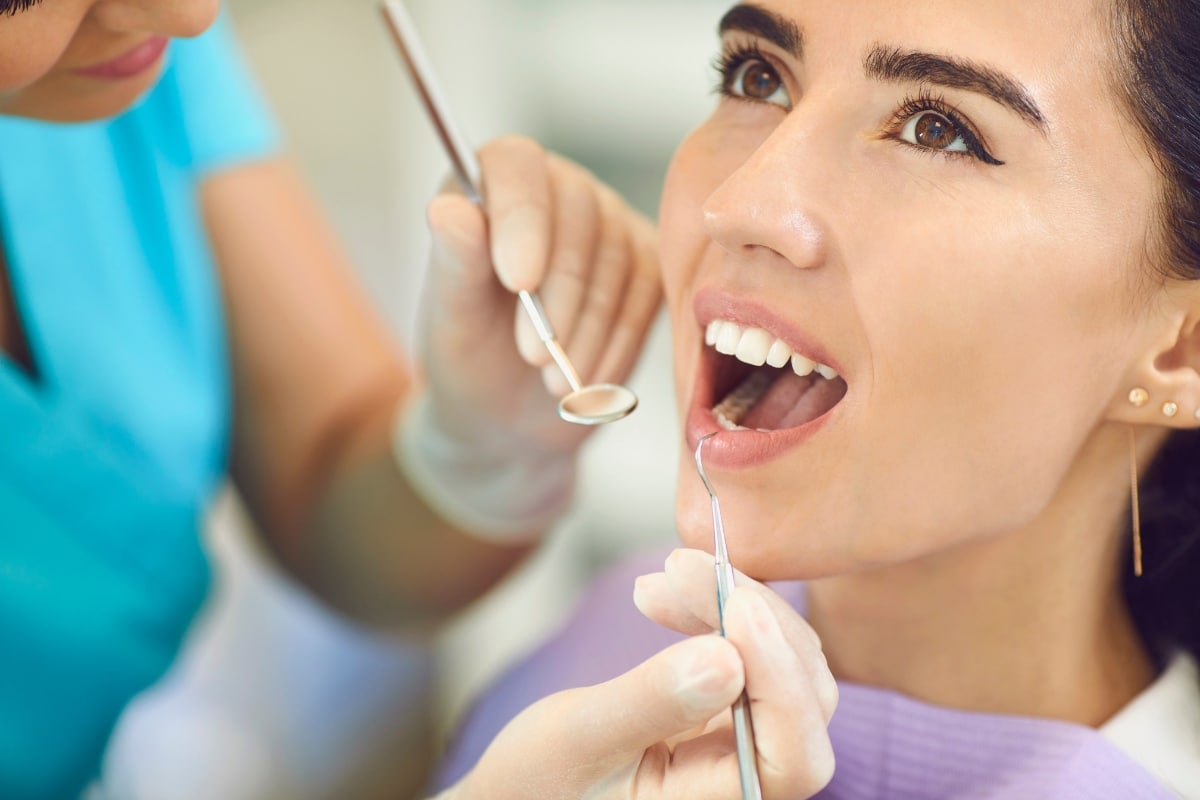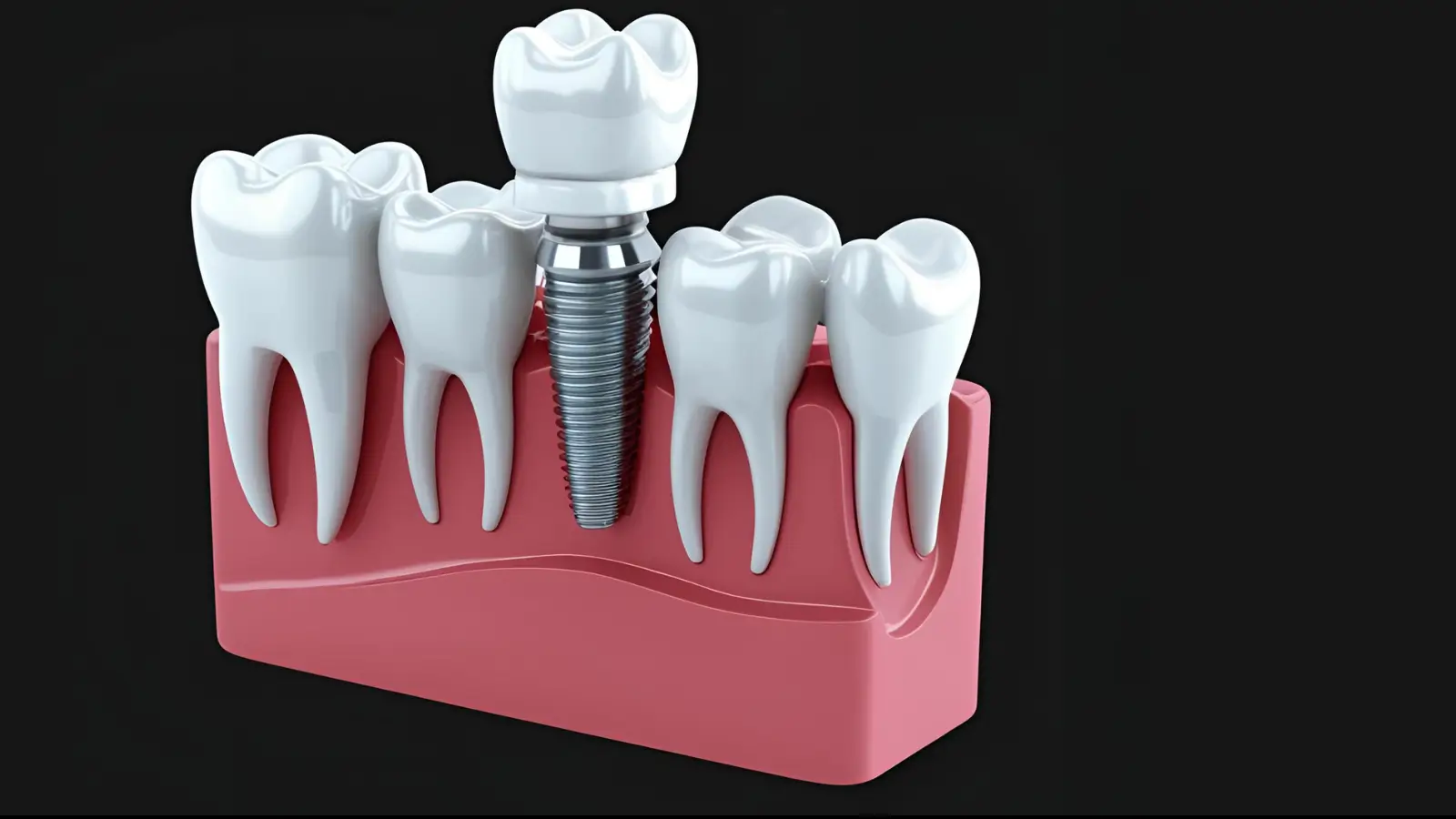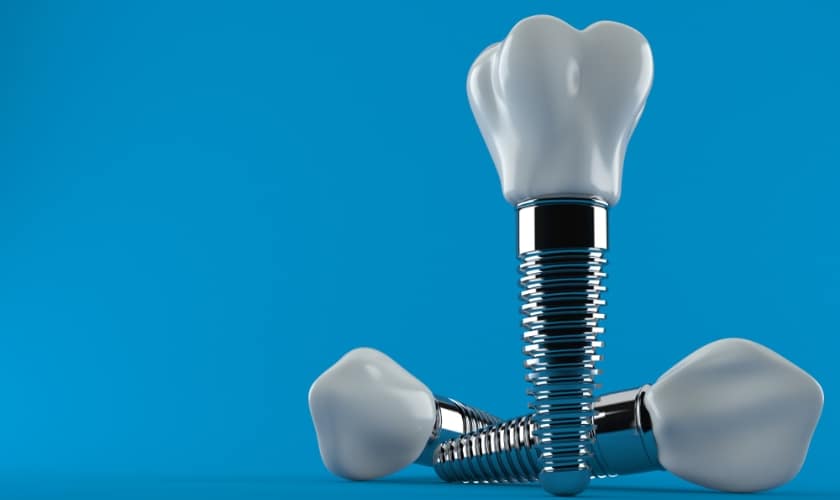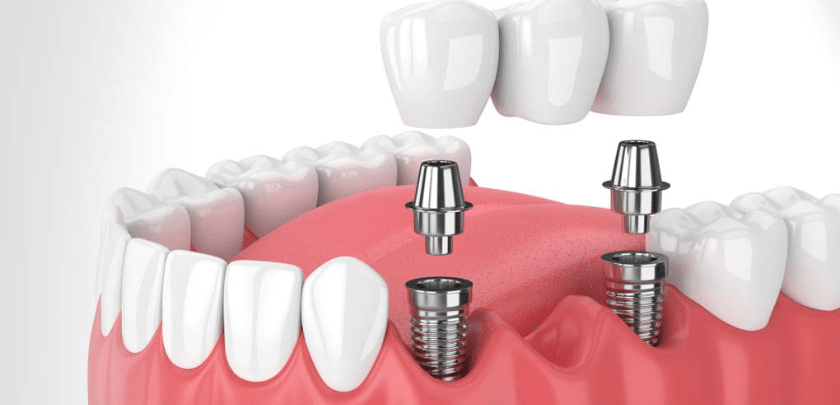
What to Eat After Your Dental Implant Surgery: A Simple Recipe Guide
Tooth implant surgery alters your smile and your diet post-recovery. Surprisingly, food plays a vital role in determining comfort, healing rate, and implant success. Patients tend to overlook the influence of nutrition. However, it can either prolong or hasten healing.
Making wrong food choices may lead to infection or pressure on the implant. Making healthy soft meal choices guarantees comfort while steering clear of setbacks.
This blog uncovers healing-friendly foods and meals that facilitate smooth recovery, deliciousness, and comfort.
Why Your Diet Is Important After Implant Surgery
Diet influences the healing of implant surgery by stimulating tissue repair and reducing irritation. Correct foods also prevent excessive stress to healing gums and bone. During the early stages, a soft diet protects implants from agonizing pressure.
Swelling recedes faster when foods are high in vitamins, minerals, and proteins. Healing requires accommodations: liquid food first, followed by softer consistency. Nutritious foods maintain energy levels and enhance your immunity.
Following these food changes ensures improved success and comfort of dental implants in Bellevue.
Foods to Eat Immediately After Surgery
The first 24-48 hours after implant surgery need to be treated cautiously. Liquids and soft foods help maintain surgical areas and reduce pain from chewing. Smoothies deliver the required vitamins with smooth swallowing. Blended soups deliver hydration with balanced nutrients.
Yogurt soothes the mouth and delivers calcium for bone healing. Applesauce is naturally sweet without putting undue stress on implants. Hydration is still crucial as fluids enhance circulation and repair. Protein foods help cells rebuild tissues that were damaged during surgery.
Careful following of these suggestions makes early recovery possible and reassuring.
Returning to Soft, High-Calorie Foods
A few days later, your diet can expand without damaging healing implants. During 3–7 days after implant surgery, soft, high-calorie foods work best. Scrambled eggs provide protein without overloading surgical sites. Mashed potatoes are reassuring fillers without damaging gums.
Oatmeal delivers fiber and energy for long-term recovery. Soft fish delivers lean protein and omega-3s for tissue healing. Steamed vegetables deliver vitamins without crunch danger.
Balancing nutrients, textures, and simplicity helps patients recover predictably while eating satisfying meals again.
Simple, Healing Recipes for Recovery
Recipe 1: Creamy Banana & Yogurt Smoothie
Combine banana, yogurt, and milk until blended.
Recipe 2: Blended Vegetable Soup
Cook soft vegetables, blend with broth, and heat.
Recipe 3: Avocado Scrambled Eggs
Whisk eggs, cook them slowly, and add mashed avocado.
Recipe 4: Mashed Sweet Potatoes
Boil the sweet potatoes, mash with butter, and season lightly.
All these recipes facilitate recovery after implant surgery without sacrificing nutrition and comfort. Preparation is easy, with simplicity in following the healing diets for patients.
Foods to Avoid After Dental Implant Surgery
Avoid hard foods that stress implants. Chips, crackers, and nuts knock loose healing tissue. Hot foods irritate sore gums and shorten the healing period. Sticky foods like caramel damage the implant site. Hard foods like raw carrots or crusty bread are painful to chew.
Hot liquids open up blood vessels and lengthen bleeding. Drinking alcohol impedes healing and needs to be off your plate. Avoid these hazards to make implant surgery recovery smooth, safe, and complication-free.
Healing from dental implant surgery is achieved by choosing foods that safeguard healing sites. Gentle nourishing foods soothe pain and contribute essential vitamins, proteins, and minerals. Safe elimination of hazardous foods prevents complications and ensures the predictability of healing.
Patients who adhere to these guidelines recover smoothly to normal diets. For the best outcomes, consult us regarding individual needs. Make recovery tasty, supportive, and effective by placing maximum value on healing-compliant meals during each stage.





